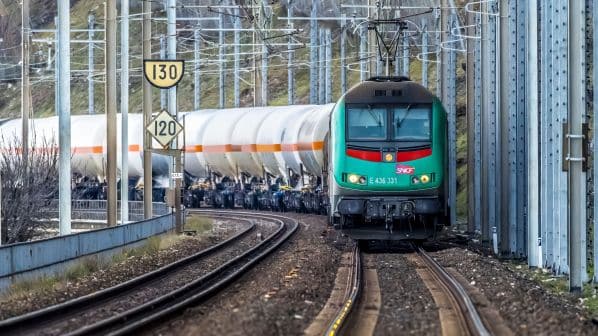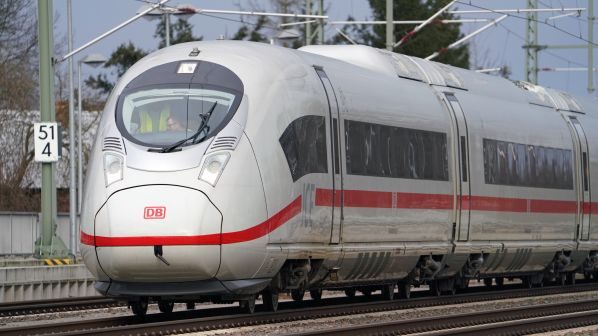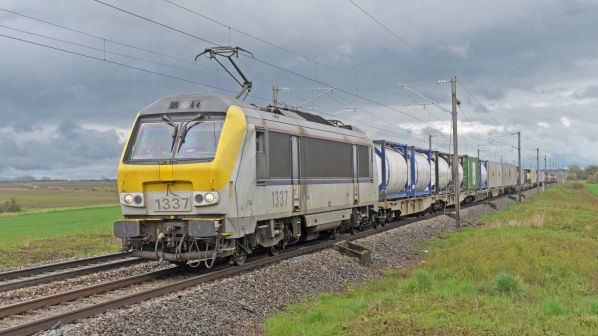THE Community of European Railway and Infrastructure Companies (CER) has welcomed the vote on March 4 by the European Parliament’s Committee on Transport and Tourism to approve its amendments to the European Commission’s (EC) proposed regulation on rail infrastructure capacity.
CER says that making progress towards implementation is essential, and that the vote is an important step towards a substantial increase in the capacity available on existing infrastructure by means of optimised capacity management.
However, CER says that amount of secondary legislation proposed in the committee’s final report is “excessively high.” It is also concerned about increasing the involvement of the European Union Agency for Railways (ERA) in digital capacity management and in reviewing the performance of infrastructure managers.
Now that the committee has voted unanimously by 30 votes in favour, the text containing its final amendments to the proposed regulation first published by the EC on July 11 2023 will now be considered by a plenary session of the European Parliament.
This first reading is expected to take place on March 11. The committee says that the proposed regulation will then be taken forward by the new Parliament after the European elections on June 6-9.
According to CER, the new legislation is both timely and necessary and will help the rail sector to optimise capacity use, increase modal shift and achieve the ambitious goals of European Union’s Green Deal and the Smart and Sustainable Mobility Strategy. Both include increasing rail freight traffic by 50% by 2030 and doubling it by 2050.
In particular, CER welcomes the proposed creation of a European Railway Platform, which would involve operators and applicants for paths in the capacity allocation process, and in the development of a European framework for capacity management that is one of the key objectives of the EC’s new regulation.
CER says that it appreciates the inclusion of sufficient funding from the EC and EU member states for the implementation of digital capacity and traffic management.
It also notes favourably the committee amendment requiring EU governments to sign investment agreements with infrastructure managers for the maintenance, renewal and development of their networks which should have a term of at least five years.
However, CER says it is “dismayed to see the excessively high number of implementing and delegated acts foreseen in the European Parliament report.” It believes that this additional secondary legislation will hamper the implementation of the capacity regulation.
CER sees room for improvement in three main areas:
- The MEPs on the Transport and Tourism Committee want ERA to coordinate the deployment of new digital tools, which would be used for tasks such as displaying capacity plans or incident reporting. Alongside these new responsibilities, ERA would also receive more funding under its enlarged budget. In contrast, CER says that ERA’s role should remain within its current scope as far as Digital Capacity Management (DCM) and the European framework for performance review are concerned. It believes that the rail sector is best placed to develop and coordinate DCM and the European framework.
- The proposed regulation would also introduce socio-economic and environmental criteria that would be used to allocate scarce capacity. CER says further work should be undertaken to define and test these criteria.
- CER says that role of Europe’s rail regulators and the European Network of Rail Regulatory Bodies (ENRRB) should remain limited to “ex-post supervisory intervention, excluding ex-ante approvals that will further delay processes.”
“This vote is an important step towards a substantial increase of infrastructure capacity by optimising the use of existing rail infrastructure and avoiding the waste of capacity through improved processes and digitalisation,” says CER executive director, Mr Alberto Mazzola.
“CER infrastructure managers confirm that they will be able to deliver what is requested by the regulation,” he says, while noting that operators are keen to have simplified, digital tools for requesting and allocating train paths.
Mazzola says that the European Parliament has improved the EC’s original proposal, such as in recognising the role of operators, but adds that CER would like to see more streamlined use of delegated and implementing acts.
“The importance of this regulation cannot be underestimated,” Mazzola says. “If Europe is to achieve its ambitious Green Deal objectives, more goods and people must be moved by rail.”




